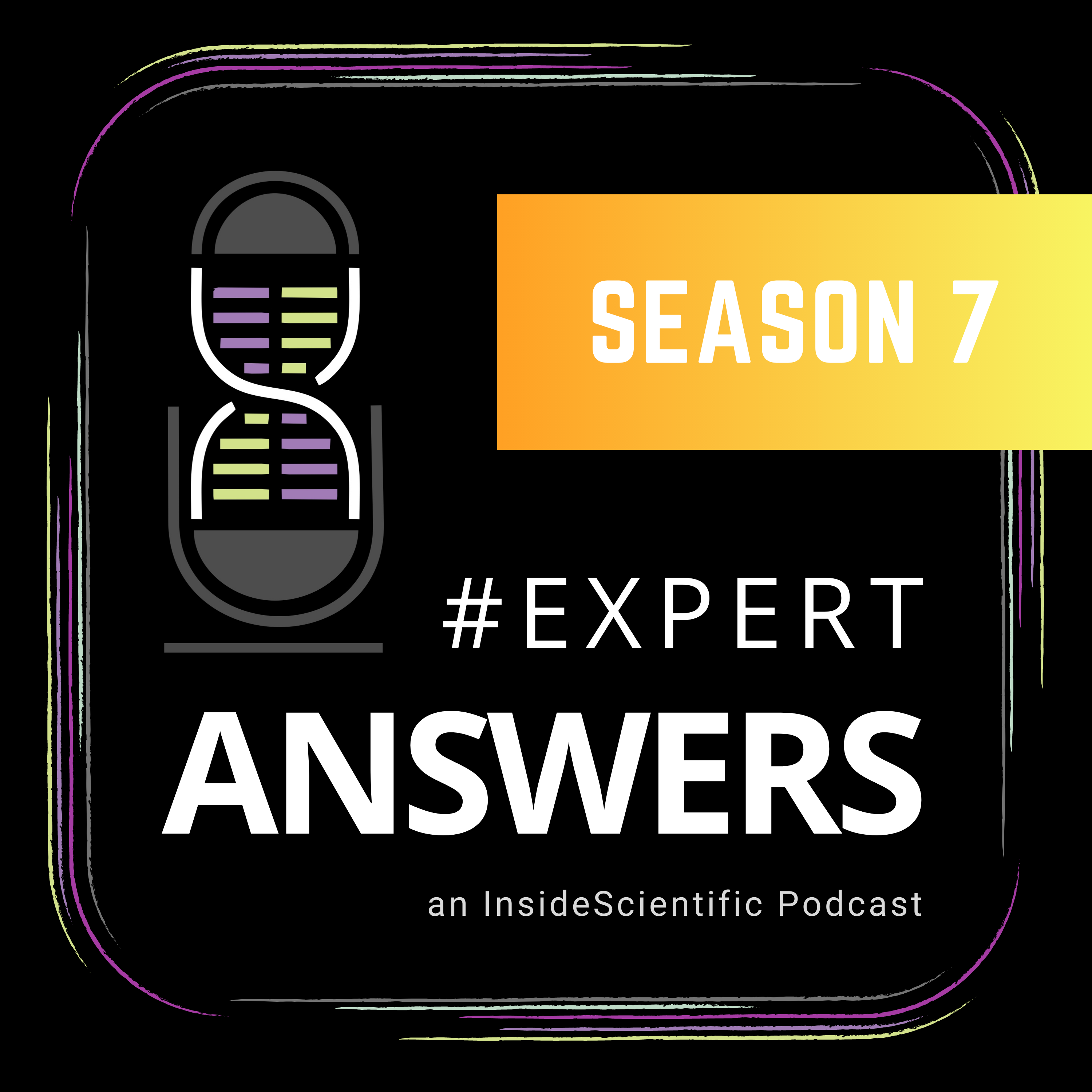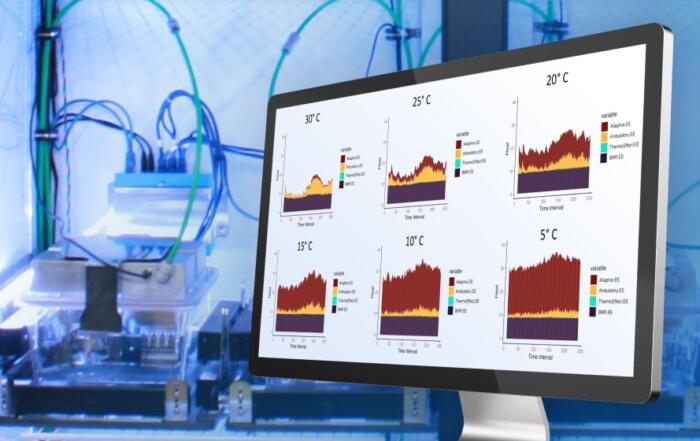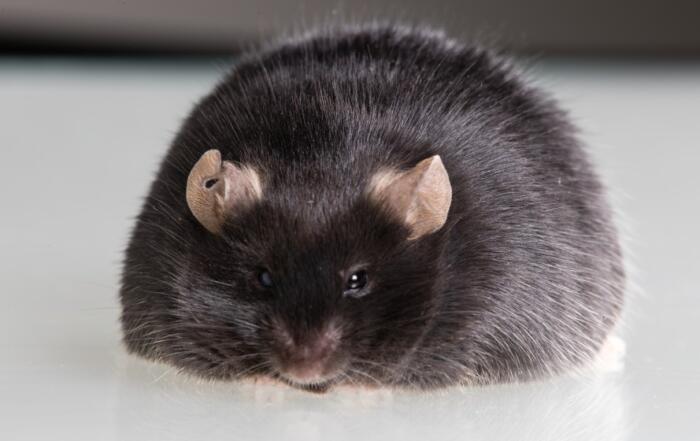Watch this webinar to learn how VO2 Max exercise testing can be used to assess the cardiometabolic phenotype of rodents.
Coronary Heart Disease is the number one killer in the world, and while a great number of tests exist, they don’t always downsize gracefully for mouse models. The Graded Exercise Test (GXT), the gold standard in assessing cardiopulmonary function, is a perfect example of a test that is far more challenging to reproduce in mice. While getting mice to run a treadmill is rather straight forward, accurately and consistently assessing VO2 MAX is not. Measured VO2 peaks that fall short of VO2 MAX or have endless plateaus are common frustrations.
Obtaining quality data means balancing a number of compromises. These compromises span the entire experiment from instrumentation, protocol, and calculations. During this webinar, sponsored by Columbus Instruments, Jennifer Petrosino will discuss her research in the mechanisms that regulate muscle growth and repair and aim to empower researchers with a stable base by pointing out key instrumentation features, an easy to follow protocol, and equations for cardiometabolic phenotyping.
Key Topics Include:
- Understanding oxymax output measurements and derived calculations from output data during exercise tests
- Optimization of Indirect Calorimetry setup for VO2 Max testing
- Significance of VO2 Max, the graded max exercise test and the criteria for a good VO2 Max test
- How exercise testing endpoints can be used to assess mouse phenotype
- Additional calculations for phenotyping (crossover, fuel utilization, Tachycardia)
Click to watch the webinar recording. To view the presentation full screen simply click the square icon located in the bottom-right corner of the video-viewer.
Resources
To retrieve a PDF copy of the presentation, click on the link below the slide player. From this page, click on the “Download” link to retrieve the file.
Presenters
PhD Candidate
Ohio State University
Sales Manager
Columbus Instruments










